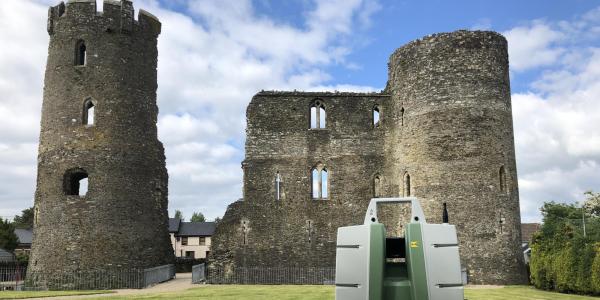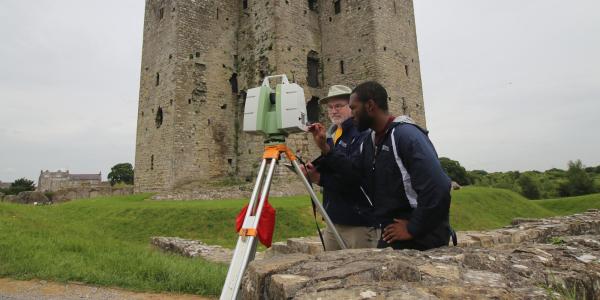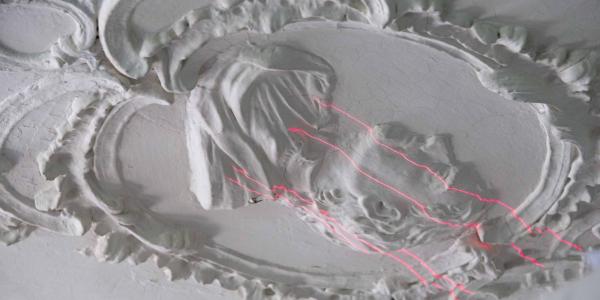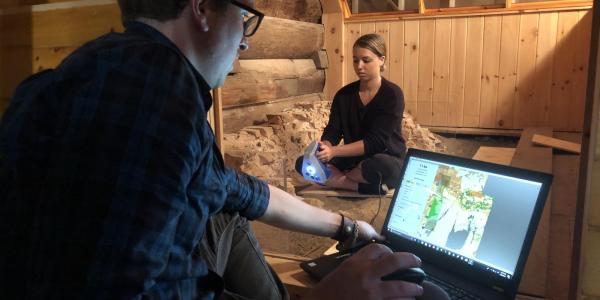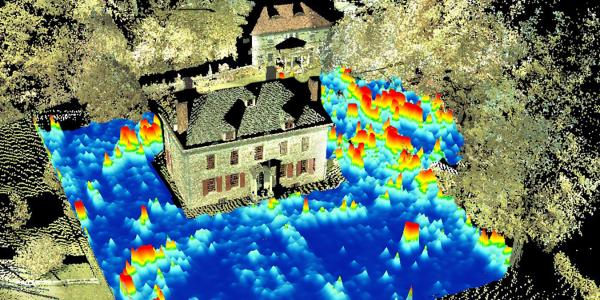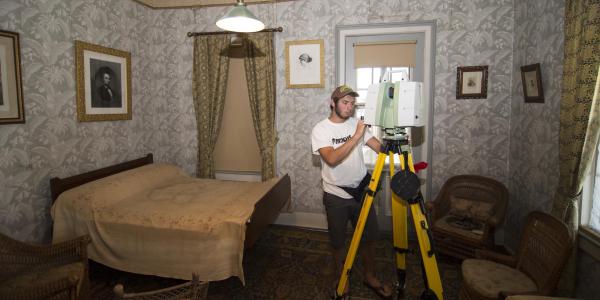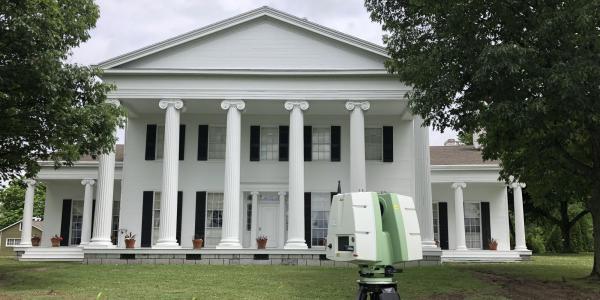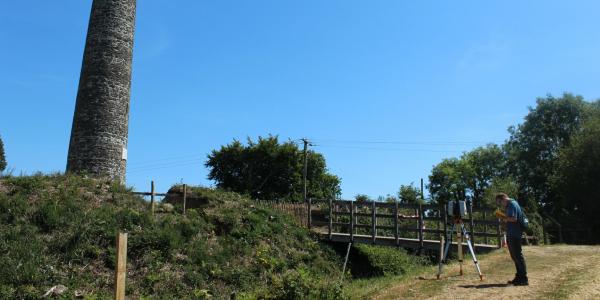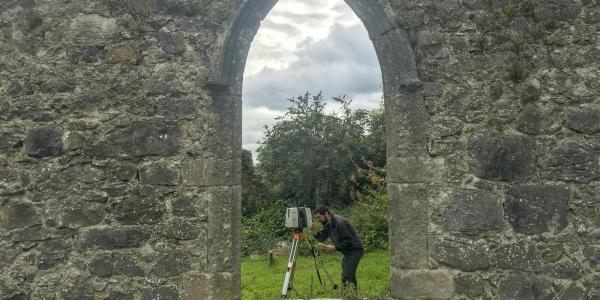3D scanning incorporates time-of-flight, structured light, and photogrammetry to create high-fidelity 3-Dimensional images of buildings, architectural elements, and archaeological artifacts. The resolution of scanners range from a few centimeters to a few millimeters to a tenth of a millimeter. 3D scans result in a point cloud that can then be turned into a mesh and then a 3D model.
Search
Michael "Bodhi" Rogers Laboratory

